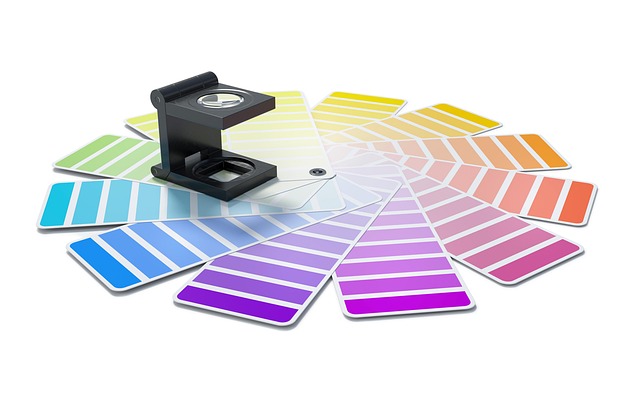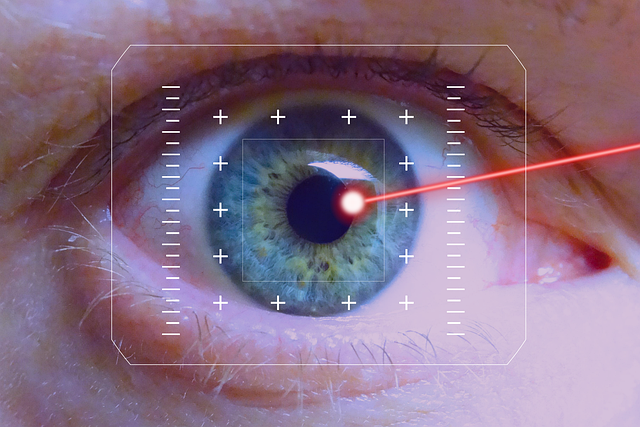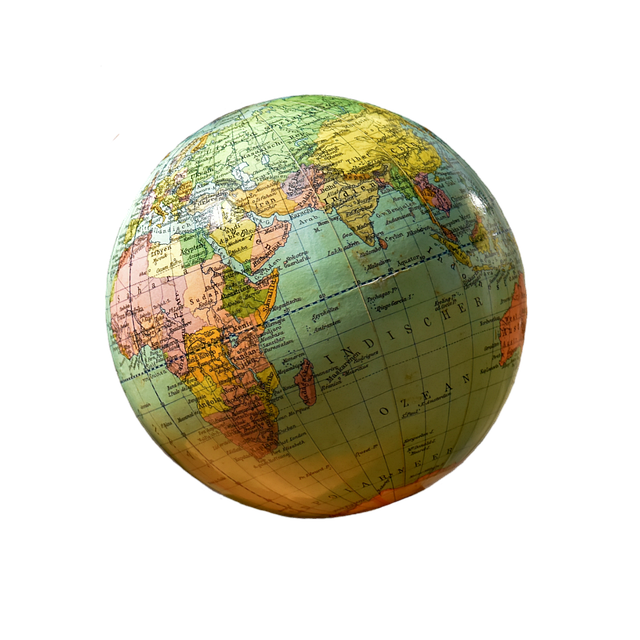When we think of photography, we often envision frozen moments capturing the world in all its raw, unfiltered beauty. Yet, there is an artful design that elevates this medium beyond mere documentation into a language of expression. One of the most powerful techniques at your disposal is highlighting. This approach is not just about illumination; it’s about crafting a narrative, guiding the viewer’s eye, and evoking emotion. Let’s delve into the world of highlighting techniques, transforming your photographs into compelling visual stories.
Highlighting in photography can be likened to the subtle brushstrokes of a painter. Just as artists use light and shadow to create depth and interest, photographers employ highlighting to enhance the aesthetic quality of their images. It’s not merely a task of making elements brighter; it’s about drawing attention to certain features or paying homage to the subject’s inherent beauty.
Consider the role of natural light in your compositions. The golden hour—those precious moments just after sunrise or just before sunset—creates a soft, warm glow that naturally highlights your subjects, adding warmth and character. During this time, the world seems to sparkle, transforming mundane scenes into something remarkable. Utilize this gentle light to emphasize shapes, textures, and colors, allowing your viewer to engage with the photograph on a deeper level.
In more controlled settings, using artificial lighting can also yield stunning results. Softboxes, reflectors, and spotlights enable you to manipulate how light interacts with your subject, directing the viewer’s gaze where you want it to go. For instance, when photographing a product, strategically placing highlights can draw attention to the intricate details and craftsmanship, transforming a simple shot into an enticing representation of the item.
Candid moments, too, benefit from highlighting techniques. By capturing the interplay of light and shadow in everyday life, you can emphasize emotions and tell a story. A fleeting smile, the shimmer of a tear, or the contours of a face lit by a sunbeam can resonate deeply with an audience. The key lies in the timing and the angle; sometimes the best highlights are found in unexpected places.
As we explore the harmonious relationship between art and design in photography, it’s essential to remember that highlighting transcends technicalities. It’s about connecting with your audience through your vision and making them feel something—joy, nostalgia, wonder. Each image should evoke a response, inviting viewers to step into your world.
To master the art of highlighting, practice is essential. Experiment with different angles, lighting conditions, and subjects. Allow your instincts to guide you, and don’t shy away from breaking traditional rules of composition. Just as in fine art, photography thrives on creativity and interpretation. Your unique perspective and style will ultimately contribute to the artful designs that set your work apart.
Incorporating highlighting into your photographic arsenal not only enhances your images but also enriches your creative journey. So grab your camera, seek out the light, and let the artful designs unfold.




